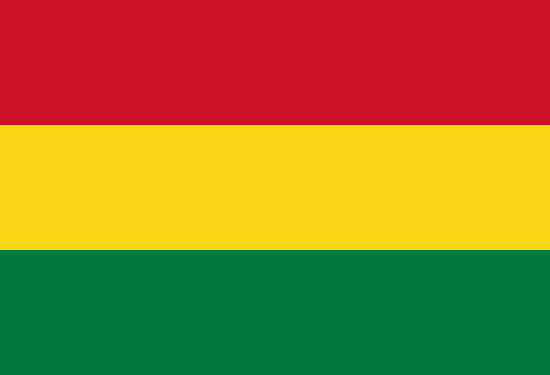"Villa Imperial de Potosí | Imperial City of Potosi"
About:
Potosí, Bolivia, was founded in 1545 following the discovery of vast silver deposits in Cerro Rico. It quickly became one of the wealthiest cities in the Americas during the Spanish colonial period. However, the city's prosperity declined after the silver mines were depleted in the 19th century. Despite this, Potosí remains an important mining center for tin and other minerals. The city's rich history and colonial architecture led to its designation as a UNESCO World Heritage Site in 1987.
When to visit:
Potosi is a city located in Bolivia, known for its rich history and well-preserved colonial architecture. The best time to visit Potosi on a holiday is during the dry season, which typically runs from May to October. During this time, the weather is pleasant, with clear skies and minimal rainfall, making it ideal for exploring the city's many attractions. It is recommended to plan your visit during the months of June to August, when temperatures are milder and outdoor activities are more enjoyable.
When to avoid:
Potosi is a city rich in history and culture, located in the Andes Mountains of Bolivia. Travelers should be aware that the worst time to visit Potosi on a holiday is during the rainy season, which typically occurs from November to March. Heavy rainfall during this time can lead to flooding, landslides, and difficult travel conditions. It is recommended to plan your trip during the dry season from May to October for a more enjoyable and safer experience in Potosi.
Winter Season (May–July)
In Potosi, the coldest period is from June to August, with temperatures often dropping below freezing at night, averaging around -2°C. Rainfall is minimal during this period, with mostly clear skies. Days are short and sunlight is limited due to the city's high altitude. Cloud cover is rare, but when present, it can make temperatures feel even colder. An average day for a visitor during this season would involve bundling up in warm clothing, and experiencing chilly, dry, and sunny weather with a crisp blue sky.
Summer (December–March)
It seems like there was an error in your request, as the location "Potosi" was followed by "[object Object]". However, I'll provide information for Potosi, Bolivia and please correct me if you meant a different location.
In Potosi, Bolivia, the warmest part of the year typically occurs from November to March. During this time, the average high temperatures range from 15°C (59°F) to 18°C (64°F).
Rainfall is at its peak during these months, averaging about 80 to 120 mm per month. This period is considered the rainy season in Potosi, with the heaviest rainfall typically occurring in January and February.
Sunlight hours are relatively consistent throughout the year in Potosi, with about 6 to 7 hours of sunlight per day.
Humidity is relatively high during these months, ranging from 60% to 80%. This can make the air feel a bit heavy and damp.
Cloudiness varies, with partially cloudy to overcast skies being common. Clear or mostly clear days are less frequent.
For a visitor, a typical day during this warm period in Potosi would start off cool in the morning, gradually warming up to the day's high in the mid-afternoon. The air might feel a bit damp due to the high humidity. Rain showers are common, especially in the afternoon and evening, so it's a good idea to carry an umbrella or rain jacket. Despite the cloudiness, there will usually be a few hours of sunshine to enjoy.
Language:
In Potosi, Bolivia, the most commonly spoken languages are Spanish and Quechua. Spanish is the official language of Bolivia and is used in government, media, and education. Quechua, an indigenous language, is also widely spoken, reflecting the city's rich cultural heritage.




